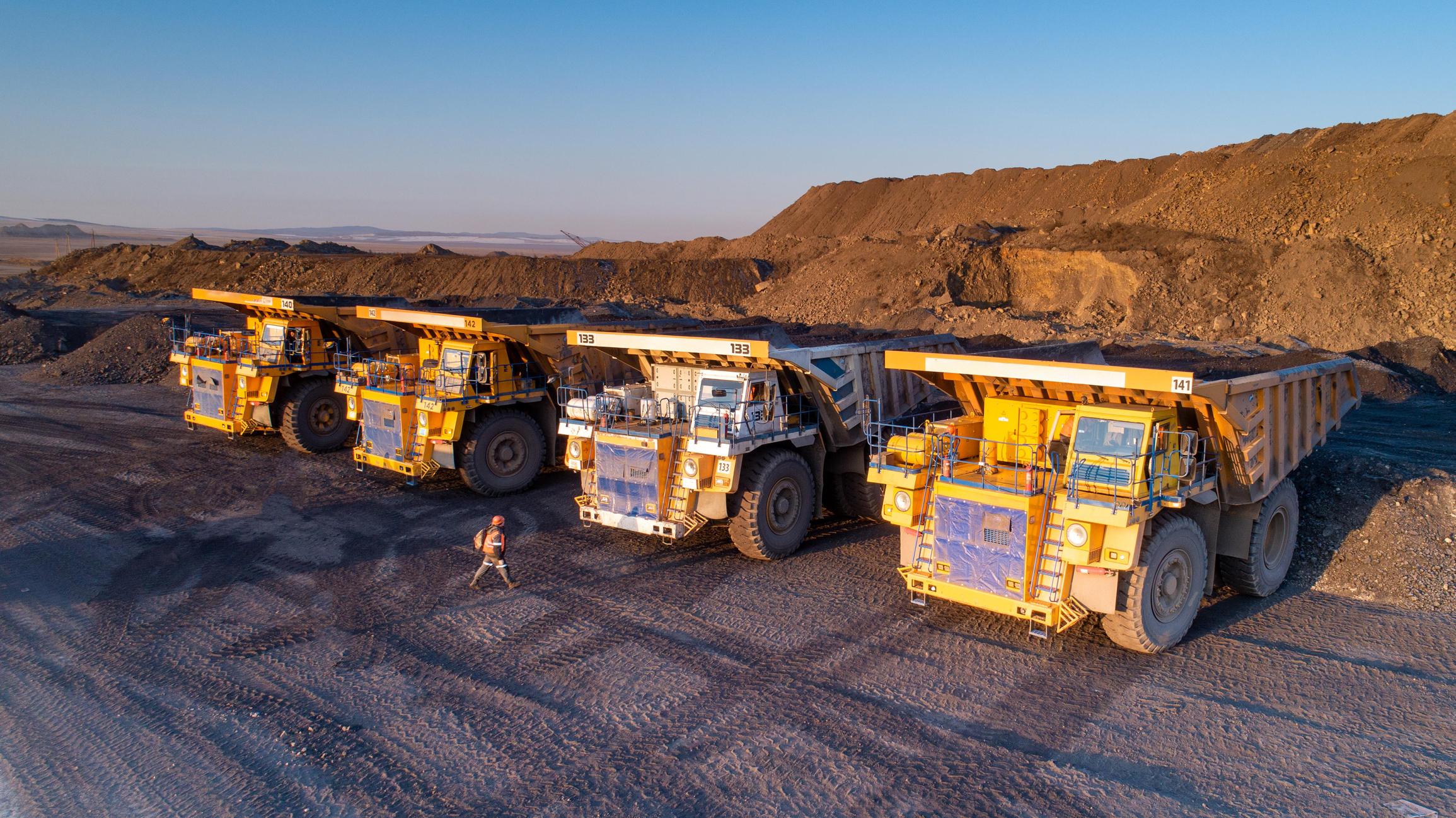We recognize assets that are underestimated and possess unique strategic benefits that cannot be replicated.
Exploration

The Pinheiro Project's exploration activities encompassed numerous tasks, such as geological mapping, channel and chip sampling, geochemical surveys of soil and stream sediment, a meticulous topography survey, auger drilling, geophysical studies, limited reverse circulation drilling, and core drilling. External consulting firms conducted petrographic and metallurgical studies on the drill core. Additionally, an aerial laser survey of the project site was carried out, which covered an area of 94 km2, including the deposit, potential tailings dam locations, and the future plant site. The contour interval for the survey was 1.6 m, and the accuracy for both the horizontal and vertical coordinates was approximately 0.25 cm.
Exploration Program Plan
The Pinheiro Project's strategic location along the strike of numerous historic mines and in a region experiencing significant exploration activity positions it as a highly promising site for cobalt and related metals. Our exploration efforts began with a comprehensive desktop study of both past and current data, as well as preliminary on-site visits. We then conducted regional geochemical and potential geophysical surveys to assess the claim area and pinpoint potential prospect targets. Through this process, we aim to identify areas of high potential and advance those areas through detailed exploration, including initial drilling when appropriate.
The region has many notable cobalt-copper occurrences that are mostly and generally stratiform in nature. There have been three basic types of mineralization depicted:
- Cobalt-copper-arsenic rich occurrences typically contain equivalent amounts of copper and cobalt, in addition to variable amounts of gold. The dominant minerals present are cobaltite (CoAsS) and chalcopyrite (CuFeS2), accompanied by varying levels of pyrite. Almost all of the arsenic content in these deposits can be attributed to cobaltite. These deposits have a tabular form and are strata bound. To evaluate the claim area and identify potential prospect targets, the exploration project begins with a desktop study of existing historical and recent data, as well as preliminary reconnaissance visits. This is followed by regional geochemical and, if appropriate, geophysical surveys. If warranted, detailed exploration including initial drilling will be conducted to advance the prospect targets.
- The mineral occurrences in the area are characterized by a high concentration of cobalt and iron, but low levels of arsenic. Pyrite, magnetite, and chalcopyrite with minor pyrrhotite are present in these occurrences. Cobalt is mainly located in the pyrite, indicating the absence of cobaltite. The mineralization style is strata bound and is hosted in fine-grained metasediments, sometimes exhibiting a locally stratiform distribution. These mineral occurrences in the surrounding region provide the best examples of this type of mineralization.
- Breccias that are cemented by tourmaline and contain cobalt are frequently found in the lower unit of this region. These breccias are widely distributed in the southeastern area in the form of outcrops and floating rocks. The cobalt content of these breccias is usually less than 0.1%.

Pinheiro Deposit-Drill Plan



